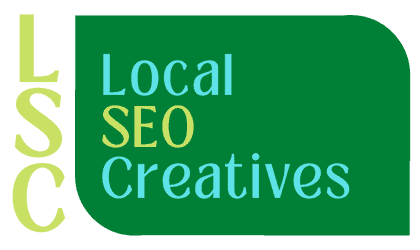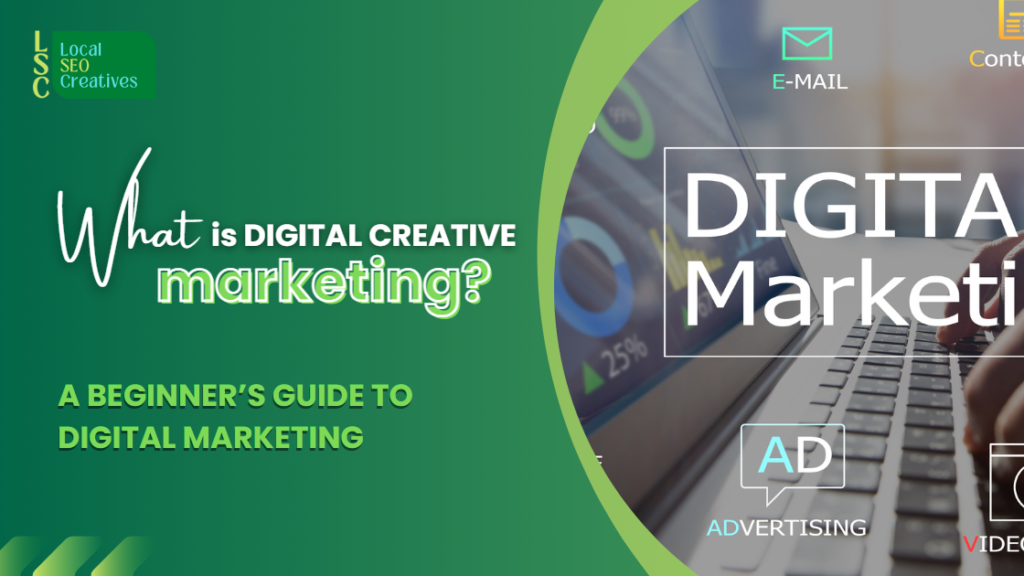Today, society revolves around social media – even conversations are also rooted in hours of scrolling through the platforms, and if someone is not updated on what trends are currently occurring then he or she may not even relate at all. The power of social media has affected everyone’s life and entrepreneurs are taking action into advertising online. This is termed Digital Marketing.
What is Digital creative marketing?
Digital creative marketing is defined as a business promoting products and or services via digital channels. This is not limited to just posting content but it widens up to Search Engine Optimization (SEO) which will be discussed later.
How successful is digital marketing?
With the rise of digitalization, more and more individuals are favoring shopping online for themselves and their families. It has been reported that 63% of businesses have increased their digital marketing budgets in order to attend to the changing trends. Additionally, 49% of businesses say that organic search brings them the best marketing ROI which suggests that there’s a guaranteed increase in sales in the business.
Why digital marketing is important
Given the advantages that digital marketing has, it should be stressed in its importance as well. For starters, according to Hubspot, it helps reach a large audience and can target prospects who are likely to purchase one’s product or services.
Benefits of digital marketing
With the latest reports of increased internet usage by adults to at least 5%, digital marketing has led the race compared to traditional methods. When opening a business, it should be a priority to put digital marketing up the list for fast and efficient growth. So let’s dive in with the benefits this marketing strategy has:
- Guaranteed customer loyalty with frequent communications
Attracting new customers can cost 5 times more than retaining existing ones. Data shows that selling to new customers leads only up to 5 – 20% but old customers can have a success rate of 60-70%. More so, establishing a seller-to-customer relationship has become efficient within the comfort of one’s home.
- Engaging the customer at every buying stage
With the help of the web, a seller can monitor the journey a buyer goes through starting from the moment a buyer sees an ad until he or she decides to buy the item. The seller can now research information on how to start a business, strategies that can boost web traffic, and can get inspiration from the different business advertising online and modify it into a better way of increasing sales.
- Target the right audience
The advantage of online marketing is the different features that allow marketers to monitor the behavior of buyers creating a segment that targets a specific audience. Additionally, the support of online tools also keeps track of an individual’s online activities and demographic information. For example, cookies are used on most web pages. When an individual opens a web page it immediately pops out a notification regarding whether to accept all cookies or not. Once the individual accepts it lets the marketers determine the audience’s interests based on browsing activity, references, and purchases. This data lets sellers analyze and devise the right strategies for different types of audiences.
- Optimize and obtain better conversion rates
Unlike traditional marketing, online advertising allows sellers to improve ad conversion rates more conveniently. It makes the journey of creating the business easy because every interaction is monitored, and an individual can easily know how many people are viewing the ad and what actions they take. Most online advertising platforms are distinct in their level of reporting. For example in Instagram, it shows insights into how many accounts it has reached, on the other hand, Pinterest is called Pinterest Analytics and it has a metric called outbound clicks wherein it provides a measure of how many times a person clicked on a link that led them to a destination off Pinterest, this can be a link of the website that an individual included in their caption.
History of digital marketing
Digital Marketing started during the 1990s. It took off with the coming of the internet era and the development of Web 1.0 Platforms which allowed users to find the information they seek with the ability to not share the information over the web. During those times, marketers were doubtful about the digital platform.
In 1993, the first clickable banner went live, after the purchase of Hotwired of a few banner ads for their advertising. This imprinted the beginning of the transition to the digital era of marketing. Due to its gradual shift, 1994 was the year of new technologies as well as Yahoo being launched.
In 1998, it was the birth of Google, two years later, the internet bubble burst and all the smaller search engines were either left behind to provide more space for the giants in the business. The digital marketing world saw its first steep breaking point in 2006 when search engine traffic have grown to about 6.4 billion in just one month.
Then arose Web 2.0 along with people becoming more active participants rather than passive users. It allowed users to interact with other users and businesses. As a result, information flow volumes – including channels utilized by digital marketers resulted in the rate of $2.9 billion by 2004 made by the US alone with internet advertising and marketing.
Soon, social networking sites began to emerge. Myspace was the first social networking site to arrive followed by Facebook. A lot of companies realized these new fresh sites were beginning to open new doors of opportunities to market their products and brands. Cookies were another great milestone in the digital marketing industry. The technique was to track common browsing habits and usage patterns of frequent users of the internet so as to provide promotions and advertising collateral to their preferences. The cookies were originally designed to record user habits and over the years have changed today it is coded to offer marketers a variety of ways to collect literal user data.
Today, products are marketed digitally and are easily availed by customers around the world and at all times. Statistics collected by the Marketingtechblog for 2014 show that posting on social media is the top online activity in the US.
Types of Digital Marketing
There are 8 different categories of digital marketing, there are:
- Search Engine Optimization (SEO)
The main goal of SEO is to get a business to the top of Google search results, therefore increasing search engine traffic to the business’s website. To achieve that. SEO marketers search for keywords and phrases based on popularity which consumers are using to search for information, and use their terms in their own content. According to Moz’s ‘Beginner Guide to SEO,” SEO encompasses many elements from the words on the web pages to the way other sites link on the web to how the website is structured.
- Pay-per-click (PPC)
This refers to paid advertisements and promoted search engine results. It’s a short-term form of digital marketing, meaning once an individual stops paying then it no longer exists. These are usually at the top and sides of a page of search results, or even ads before youtube videos or add-in mobile applications.
- Social media marketing
This includes all activities a business does via social media channels, though everyone is familiar with social media marketers should have an integrated and strategic approach. To have effective results, efforts must be made. There are many online tools available to help with posting consistently. Platforms have generated a new feature for analytics to analyze performance on posts and create strategies based on data. Statista reports, that 88% of industry professionals stated that an increase in exposure was the leading benefit of social media marketing in 2021.
- Content marketing
It uses storytelling and information sharing to increase brand awareness. The ultimate goal is to have the reader take an action toward becoming an action through requesting more information, signing up for an email list, or making a purchase. Snhu.edu states that “Content” can be blog posts, resources like white papers and e-books, digital videos, podcasts, etc.
- Email marketing
Email is still one of the most effective marketing techniques. As reported by the American Marketing Association, it does not only know how to create compelling campaigns but also understands optimal audience outreach and is skilled at analyzing customer interactions and data.
- Mobile Marketing
From the name itself, it reaches people via text messages, social media, websites,
email, and mobile applications. This usually occurs with establishments that update their customers on ongoing sales.
- Marketing Analytics
Given the advancement of digital marketing, it enables marketers to track and measure consumer behavior at an intricate level: how many accounts it has reached, how many times they click on a link, etc.
- Affiliate Marketing
Also known as influencer marketing, it utilizes the bond between industry experts and social media influencers. The deal is working with these influencers to promote products or services whilst these influencers will engage their audience with posts, blogs, or videos and create new leads.
Conclusion
In retrospect, digital marketing has become a vital element when starting a business. It is a broad field covering every aspect when running a business and creating leads, such as creating a relationship with customers, monitoring the behavior to understand the target audience, and creating new leads to gain better sales.

